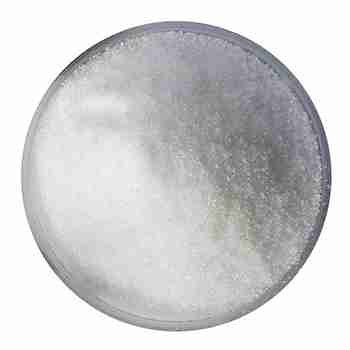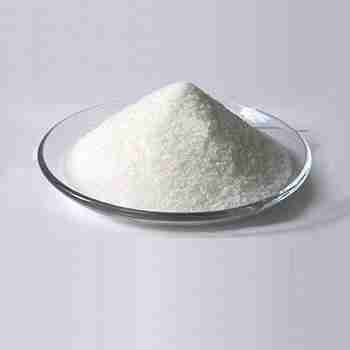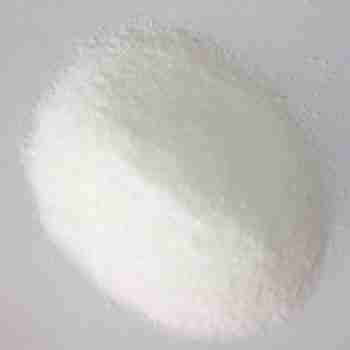L-carnitine-L-tartrate powder CAS 36687-82-8
Appearance: White or off-white Crystalline Powder
Asay: L-Carnitine 68.2??1.0%???L-Tartaric acid 31.8??1.0%
Packaging: 25kgs per drum
Capacity: 600MT/year
Sample: Available
related documents:
COA for L-carnitine L-tartrate cas 36687-82-8
Request for product documents
发送询盘
Description
L-carnitine-L-tartrate powder
L-carnitine-L-tartrate?Quick Details
Chemical Name: L-carnitine-L-tartrate
CAS No.: 36687-82-8
Molecular Fomula:? C11H19NO8
L-carnitine-L-tartrate Structure:
Molecular weight:?293.27
Appearance: White or off-white Crystalline Powder
Asay??L-Carnitine 68.2??1.0%???L-Tartaric acid 31.8??1.0%
L-carnitine-L-tartrate Typical Properties
Check Item
Specification
?
Identification
In accordance with the IR absorption spectrum of the standard
Appearance
??White or off-white Crystalline Powder
?Particle size?(mesh)
Through 20mesh
Specific rotation
-9.5~ -11.0??
PH
3.0~4.5
Water
??0.50%
Residue on ignition
??0.50%
Residual?solvents?(Ethanol)
??0.5%
Solubility
Clarification
Cyanide
Non?detectable
Heavy metal
??10ppm
Arsenic (As)
??1ppm
Lead ??Pb??
??3ppm
Cadmium (Cd)
??1ppm
Mercury ??Hg??
??0.1ppm
TPC
??1000Cfu/g
Yeast & Mold
???100Cfu/g
E.Coli
Negative
Salmonella
Negative
L-Carnitine
68.2??1.0%
L-Tartaric acid
31.8??1.0%
bulk density
0.4-0.7g/ml
tapped density
0.5-0.9g/ml
L-carnitine-L-tartrate usage
It can be used as a nutrient fortifier, medicine, especially for solid preparations. Application L-carnitine tartrate is the ideal form of L-carnitine application, suitable for solid preparations, especially for tablets and capsules. L-carnitine tartrate is widely used in health care products, food and cosmetics industries.
L-carnitine-L-tartrate Packaging and Shipping
25kgs per drum
L-carnitine-L-tartrate?Storage
Dry coll stock
| 5 |
|
0 |
| 4 |
|
0 |
| 3 |
|
0 |
| 2 |
|
0 |
| 1 |
|
0 |
- 2
- 2-diallylpent-4-en-1-amine
- 4
- 95-16-9
- Ammonium sulfamate
- Benzothiazole
- cas:67889-00-3ح2
- cas:83524-75-8 | pigment black 32
- cas:928836-00-4 | 2
- cas:932745-70-5 | 4
- Chemical Minerals
- Coconut diethanolamide
- Daily Chemicals
- discount
- for sale
- General pvc resin
- hexyl D-glucoside
- in stock
- Lauramidopropyl betaine
- LAURIC ACID MONOETHANOLAMIDE
- Petroleum Additives
- Plasticiser
- Ploymers
- price
- PVC
- quotation
- Raw Materal
- Remove term: Petroleum Additives Petroleum Additive
- SODIUM ETHYL 2-SULFOLAURATE
Related Products
Hydrolyzed keratin is originated from wool and is a light yellow to brownish-yellow clear fluid with a particular smell. It needs to undertake unique organic treatment to come to be brief peptides prior to it can be naturally used. Treated keratin is an acknowledged prospective resource of high-quality healthy protein with high nutritional value and secure quality.
It is a keratin hydrolysate derived from acid, enzyme and other hydrolysis methods, and has been used in feed and food industry, pharmacy, fertilizer, pesticide, environmental protection, leather industry, cosmetics and many other fields. Specifically, the material can be blended with polyamide 6 to prepare nanofibers for adsorbing chromium (VI). In addition, the compound can be used as an effective ingredient in the manufacture of shampoo, shower gel and shower gel. In addition, the chemical can be used as an effective ingredient in the production of deodorization compositions. In addition, the substance has been proven to be useful as a hair styling agent.
Polyglutamic acid (CAS 25513-46-6) is usually in the form of white powder.
Polyglutamic acid is a high molecular compound with good water solubility and biocompatibility.
It has many excellent properties, such as water retention, plant growth promotion, and improved fertilizer utilization. In the agricultural field, it can be used as a fertilizer enhancer, water retainer, etc., which helps to improve the fertility and water retention capacity of the soil and promote the growth and development of crops. For example, adding it to fertilizer can reduce fertilizer loss and improve the effect of fertilizer.
In the field of cosmetics, polyglutamic acid is also used, because its moisturizing properties can be used in skin care products.
Chemical Name: STODDARD SOLVENT
CAS No.: 64742-88-7
Appearance: Colorless or Light Yellow Liquid
Chemical Name: Zinc citrate
Synonyms: Zinc citrate trihydrate
CAS No.: 546-46-3
Molecular Formula: C6H8O7Zn
Molecular Weight: 257.5
Appearance: White powder
Polyglutamic acid (y-PGA), also known as natto gum, is a high molecular peptide polymer synthesized from several glutamic acid monomers through microbial fermentation. It is rich in glutamic acid, glucose, protein and minerals. , vitamins and other biologically active substances.
Polyglutamic acid (??-PGA) is a sticky substance that was first discovered in ??Natto??. It is currently widely used in agricultural production and is called a new biostimulant. It is fully water-soluble, biodegradable, edible, and non-toxic. It is a biopolymer produced by microbial fermentation.
Chemical Name: 3-Hydroxybutyric acid
CAS No.: 625-71-8
Molecular Formula: C4H8O3
Molecular Weight: 104.1
Appearance: White powder
Chemical Name: Quercetin-3-O-sophoroside
CAS No.: 18609-17-1
Molecular Formula: C27H30O17
Molecular Weight: 626.52
Ectoine is a naturally occurring osmoprotectant, a cyclic amino acid derivative that offers exceptional cell-stabilizing properties. Highly valued in cosmetics and pharmaceuticals, it enhances product efficacy by maintaining cell integrity under various environmental stresses.
EC 3.4.21.14, previously classified, now redirects to EC 3.4.21.67, identifying endopeptidase So. This serine endopeptidase is integral in the hydrolysis of peptide bonds, a critical function in biological systems. Its applications extend across research and development in the pharmaceutical and biotechnological industries.
Product name:Cyclopentane
Purity:96%
Appearance:White powder
Package:25kg/bag
Sample:Available
Chemical Name:?UDP-Glucuronic Acid Trisodium
CAS No.: 63700-19-6
Molecular Fomula: C15H23N2NaO18P2
Molecular weight: 604.28
Appearance: Solid
Assay: 98%
Copper acetate peptide, also known as blue copper peptide. Copper peptide, also known as tripeptide in Chinese; Glycyl-L-histomyl-L-lysine. Peptide is a small molecule protein composed of amino acids, which are more easily absorbed by the skin and have more significant effects. It was first isolated from human plasma in 1973 and was discovered to have wound repair function in 1985. In 1999, researchers believed that copper peptide and its copper repair products can serve as activators of tissue remodeling, and it is also a signaling peptide, Promote the degradation of a large amount of collagen aggregates outside scars, the synthesis of normal collagen in the skin, the generation of elastin, proteoglycans, and glucosamine glycans, the growth rate and migration of different cell types, anti-inflammatory, and antioxidant responses.



















Reviews
There are no reviews yet.